Kherson Museum: What did the Russians steal, and how did the staff save the exhibits?
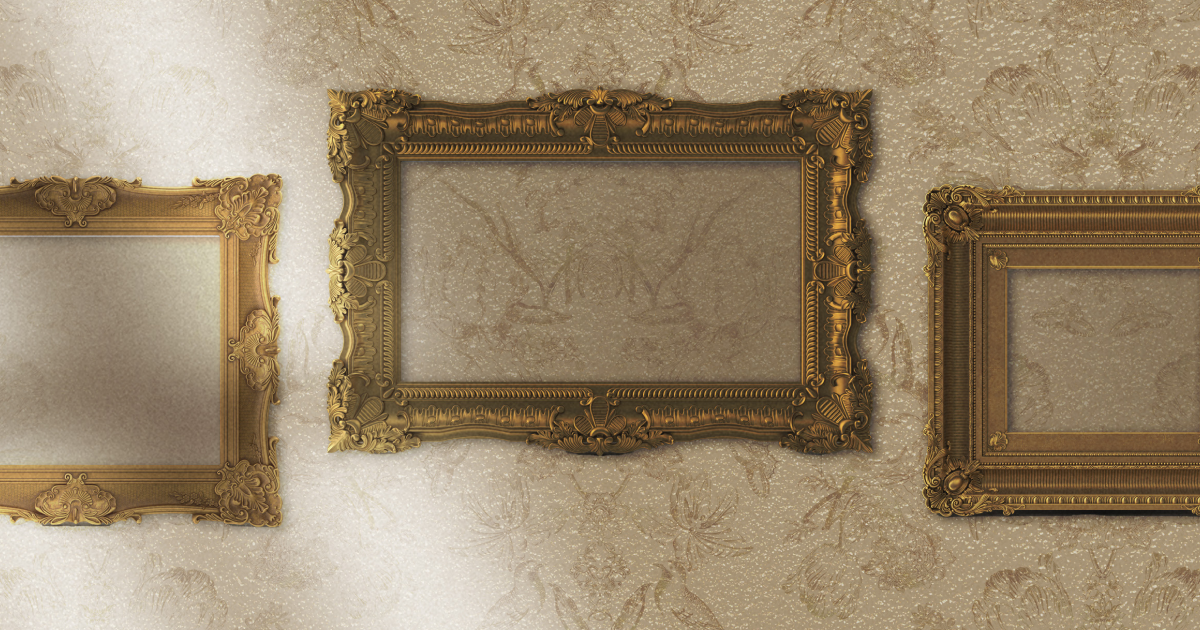
They tied the documents to themselves and took them away
In May, armed men in plainclothes came to the Kherson Regional Art Museum. They asked to see the collection, allegedly to check the storage conditions and to announce their intention to "help" take the artworks to the temporarily occupied Crimea or Russia.
"The employees replied that they did not know anything, the museum was undergoing renovations, and all the works had already been taken away," says Alina Dotsenko, the museum's director.
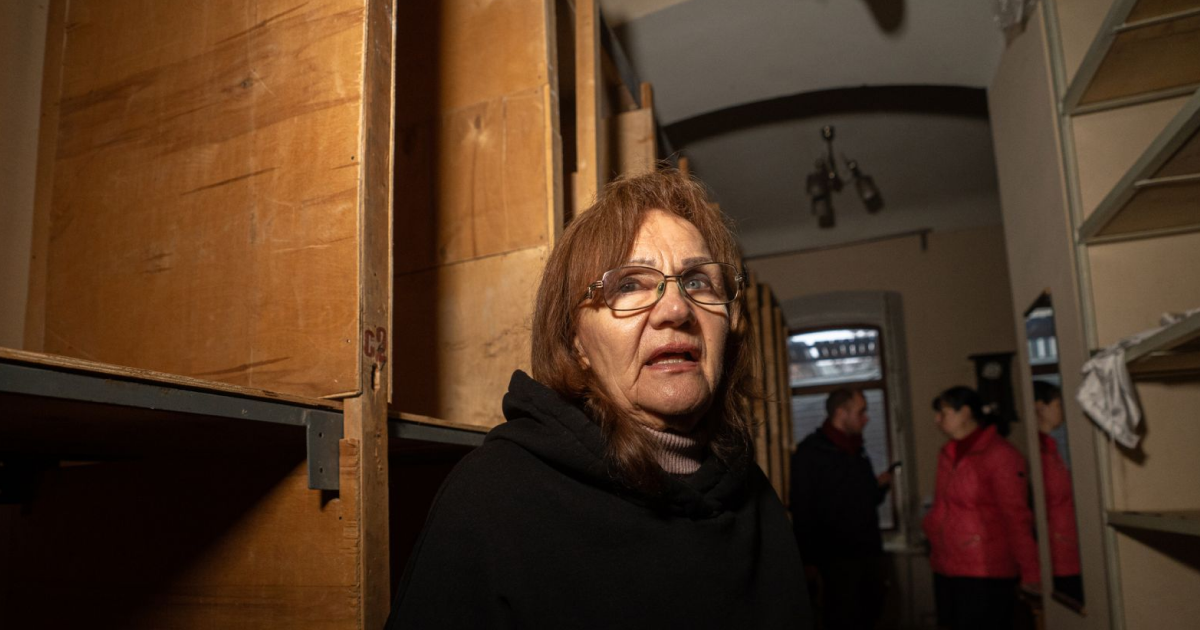
After several refusals, the occupation authorities called the museum director and offered to hold the exhibition devoted to May 9. When she refused, she was threatened and invited to the commandant's office, where she was to be "taught to respect the new government." Dotsenko agreed, but she packed her things overnight and left for the government-controlled territory. She sewed flash drives and valuable documents to her belt, and three days later, she was in Kyiv.
Hiding exhibits
At first, the Russians believed the museum was empty because restoration work was underway. However, the exhibits were kept and hidden. Over 45 years of its existence, the museum has collected almost 14,000 works by Ukrainian and foreign artists from the seventeenth century to the present.
The museum's director, Alina Dotsenko, hoped to the last that the exhibits would not be found. "We spent six months telling the Russians that we had taken everything away. And we probably would have held out until the city was liberated if there hadn't been traitors among our staff," she says.
Management change and seizure of the museum
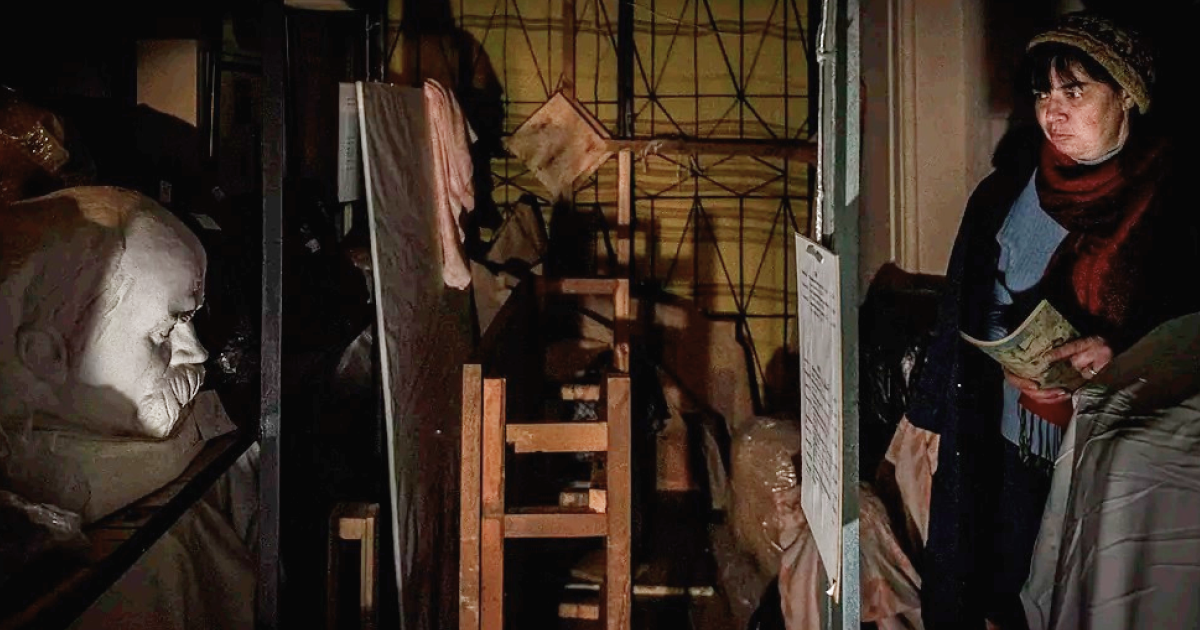
In July, masked armed men accompanied by Russian police and FSB officers introduced the new director, Natalia Desyatova, who had previously worked as a singer in a cafe. She ordered to conduct searches. That's how the Russians got the keys to the museum's collections. According to the director, Natalia Koltsova, a collaborator and museum employee, ran into the hall and shouted: "I've been proving it to you for six months, and you didn't believe me. Look, everything is in place."
The head of the library, Halyna Aksyutina, refused to work after the management change. When she came to collect her belongings, Koltsova ordered to search her. The woman had nothing of value on her, and later she taped the first original edition of Kobzar to her belly. That's how she managed to smuggle the exhibit out.
Exhibitions of Soviet artefacts
The occupation authorities used works by Soviet artists from the museum collection to organise an exhibition of allegedly contemporary paintings. It was held in the Exhibition Hall in the city centre. It featured the role and value of Soviet artworks.
"Visitors were disappointed because the promised exhibition of contemporary works was nothing more than a drag into the Soviet Union," says Larysa Zharkykh, head of the museum's public information department.
The Russians wanted to hold another exhibition but needed more time. At the end of October, they began to pack up and "evacuate" the artworks, claiming to be "saving" from the Ukrainian Armed Forces. For three days, loaders accompanied by armed men took the exhibits by truck. Thus, they took 10 thousand works of the XVII-XXI centuries from the collection: paintings, graphics, sculpture, icons and works of decorative and applied art.
It was confirmed by the assistant to the occupation authorities, the director of the Simferopol Central Museum of Tavrida, Andriy Malgin, in a telegram.
"For some reason, they did not take out a large portrait of Lenin, which was hard to miss," Larysa Zharkykh wonders, "Were they not afraid of the Ukrainian fascists' desecration of the image of their favourite leader? They also left some of the works written in the style of social realism."
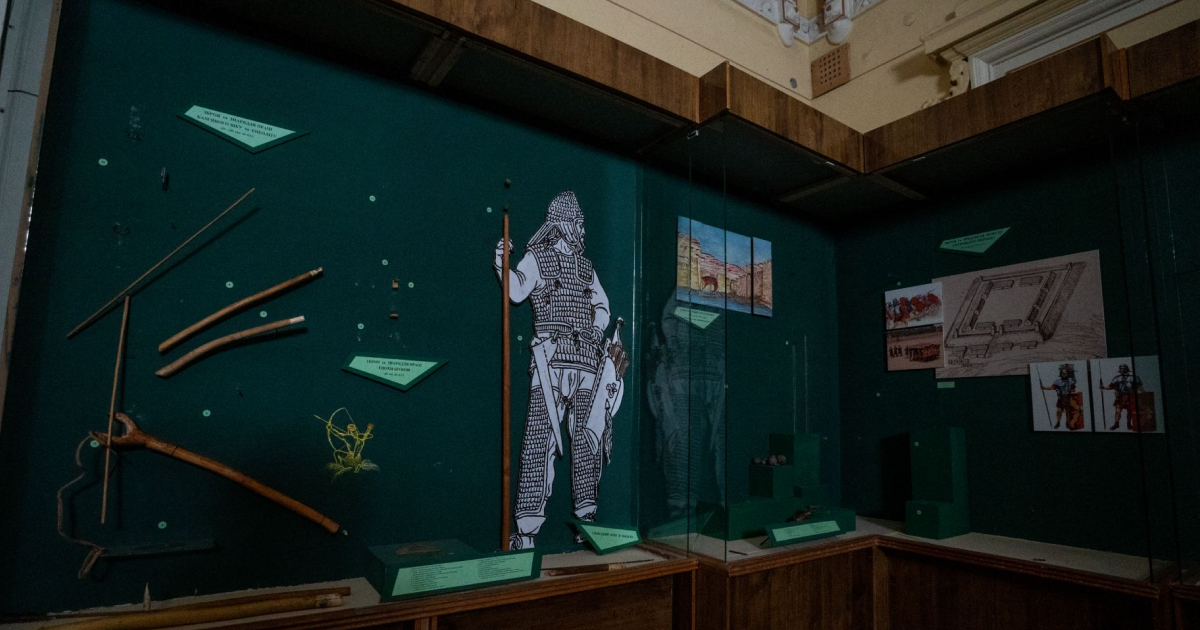
Export of works of art to Crimea
Novaya Gazeta Evropa published a quote from a witness to the theft of the artefacts: "For three days now, Russian looters have been taking away all the paintings. Without any protection, without packages, just like some kind of garbage."
The paintings are stored in the same way - without packages, on the floor. It became known during the publication of a photo from the Central Museum of Tavrida, where the art museum staff recognised the Kherson exhibits. Among them: are "Picket on the river bank. Sunset" by Ivan Pokhitonov, "Autumn Time" by Heorhii Kurnakov, "Gladioli" by Leonid Chychkan, and works by Oleksii Shovkunenko, whose name the museum is named after.
"For several days, I was treated with intravenous infusions, crying all the time. I just didn't want to live. The museum was the meaning of everything, and we had been collecting this collection for 45 years," says the museum director.
After Kherson's liberation and the building's demining, Alina Dotsenko returned to work. According to her, the Russians took 80% of the museum's collection. Currently, the staff is taking an inventory of the remains and raising the issue of the stolen collection at the UNESCO level.
The story of the Regional Local Lore Museum
Ukrainian museum worker Andrii Lopushynskyi worked as a researcher at the Kherson Regional Local Lore Museum for 15 years. During this time, he noticed that the director, Tetiana Bratchenko, refused to cooperate with journalists and scholars for unclear reasons. Still, she collaborated with Russian propaganda journalists, telling them about the alleged constant harassment by Ukraine. As a result, the Security Service has already charged the woman with collaboration.
Before the Russians arrived, the museum had 170,000 exhibits, including weapons, Scythian gold, stone stelae from mounds, amphorae, herbaria, stuffed animals, birds and fish that had been stored for more than a hundred years. Today, the shelves and display cases are almost empty, but Lopushynsky is interested in what remains.
What was not taken out and why?
"People say the museum is empty; everything has been taken out. However, scientists immediately notice valuable things. I wonder why they were not taken out. Either they did not know their value, or they were heavy exhibits. There is an assumption that they were removed by amateurs who do not understand the scientific value of the objects," the museum worker wonders.
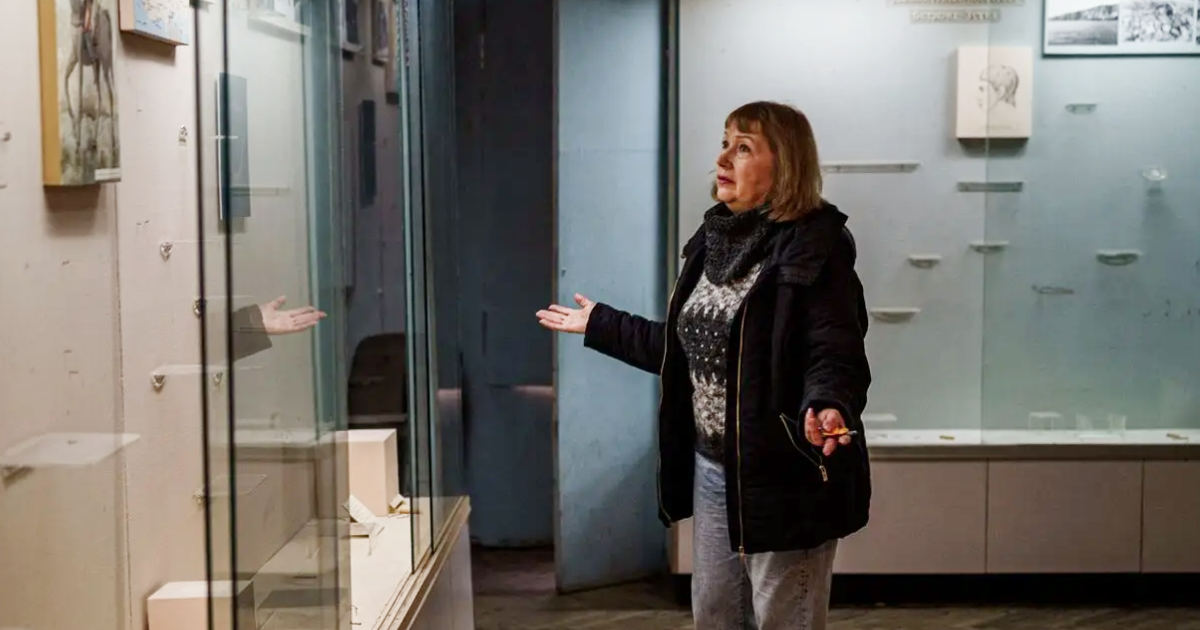
In the photos with museum losses, you can see sheets that do not attract attention. These are lists with the number and names of exhibits kept in the museum. They will help to create a list of stolen works. Moreover, there was a description of the items, without which it is impossible to hold exhibitions. It shows that the Russians did not think about the future of the works.
They did not take the Altar of Achilles, a 500 kg stone found in 1885 near the Kinburn Spit. They also left the Pythos vessel, a nineteenth-century garden lantern, and some stone tombstones from the ancient Greek period. Lopushynskyi is also surprised that military exhibits, such as axes, cannons, cannonballs, and anchors, were not taken away.
He explains: "Cannons have always been a symbolic trophy. We know from history that they were melted down to make monuments to military leaders. So it is strange that they were left. It shows that they took objects for the sake of objects, and they were not interested in science."
It will be challenging to return the exhibits, as most do not have photographs. However, museum staff will recognise them by their appearance if they see them at an exhibition or auction.
In January 2023, the New York Times published a story about the robberies of Kherson museums. They called the theft of the exhibits the most significant theft of art objects since World War II.


